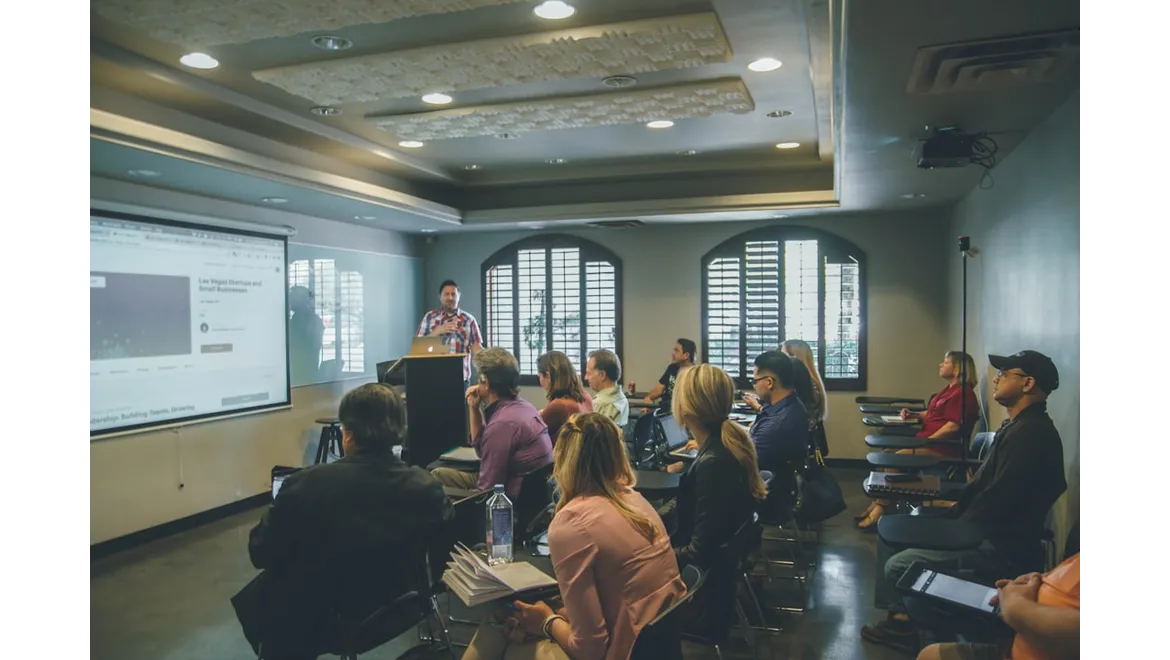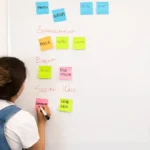Right, let’s dive in! I recently had a fascinating chat with Shannon about how to truly leverage LinkedIn Learning, not just for personal skill boosts, but as a seriously powerful tool for generating new business. It’s more than just passively watching courses; it’s about active engagement and strategic content creation. We focused on using LinkedIn Learning to create courses or learning paths that address industry trends and challenges, with the brilliant idea of offering free access to introductory modules to generate leads and showcase your expertise. Let’s break down how you can do this too.
Identifying the Sweet Spot: Target Audience & Skill Gaps
First, Shannon emphasised the need to really understand your target audience. It’s not enough to vaguely know ‘marketing professionals’. Think granular. What are their specific pain points? What skills are they desperate to learn? A great way to uncover this is through LinkedIn’s own analytics. See what content performs well within your network and relevant groups. What questions are people asking? Tools like AnswerThePublic can also help unearth common questions related to your industry, signalling potential skill gaps that your LinkedIn Learning content can address.
Once you’ve identified a need, you can start crafting your learning path. The key is to provide actionable insights that people can implement immediately. Forget dry theory; focus on practical application.
Creating Compelling LinkedIn Learning Content: Ethical & Engaging
Now, for the content itself. Shannon was adamant about ethical considerations. Obviously, we want to avoid plagiarism like the plague. Even seemingly innocent borrowing of ideas without proper attribution can damage your reputation. When using any external resource, even LinkedIn Learning’s own content, always cite your sources clearly. This demonstrates integrity and respect for intellectual property. Think footnotes, endnotes, or even a simple “Based on insights from…” in your course description. Remember to create your own original content from experience of real world application. Don’t present the ideas of others as your own.
Beyond ethics, engagement is crucial. Shannon suggested incorporating interactive elements like quizzes, polls, and discussion prompts within your learning path. This keeps learners engaged and encourages them to apply what they’re learning. Use real-world examples and case studies to illustrate your points. Don’t be afraid to inject personality into your content – be authentic and relatable.
The Lead Magnet: Free Introductory Modules
This is where the magic happens. Shannon’s suggestion of offering free introductory modules is pure gold. Think of it as a ‘try before you buy’ approach. Create a mini-course that provides valuable insights and demonstrates your expertise. Promote this free content strategically on LinkedIn – share it in relevant groups, run targeted ads, and encourage your network to share it. Make sure to capture email addresses during the registration process to build your lead list. The free module should have a tantalising ending, whetting the appetite for more and enticing them to purchase the full course.
Nurturing Leads & Building Relationships
Once you’ve captured leads, don’t let them go cold. Shannon emphasised the importance of nurturing these leads through targeted email campaigns. Share additional resources, offer exclusive discounts on your full course, and invite them to participate in webinars or Q&A sessions. The goal is to build a relationship and establish yourself as a trusted expert in your field.
Beyond the Course: Content Marketing & Authority Building
Your LinkedIn Learning content shouldn’t exist in a vacuum. Shannon highlighted the importance of integrating it into your broader content marketing strategy. Repurpose snippets of your course content into blog posts, social media updates, and even podcast episodes. This not only promotes your course but also establishes you as a thought leader in your industry. Actively engage with comments and feedback on your content to foster a sense of community.
So, there you have it. We’ve explored how to identify skill gaps in your target audience, create engaging and ethical LinkedIn Learning content, offer free introductory modules as lead magnets, nurture those leads into paying customers, and integrate your content into a broader marketing strategy. By following these steps, you can transform your expertise into a powerful engine for generating new business on LinkedIn. It’s about understanding your audience, creating valuable content, and building genuine relationships.











